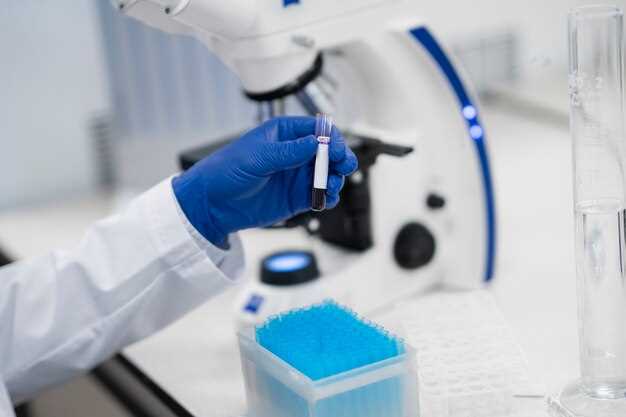
Our state-of-the-art facility utilizes advanced HPLC technology to provide precise measurements of esomeprazole and domperidone levels. Whether you need quantitative analysis for research purposes or quality control in pharmaceutical manufacturing, our experienced team guarantees reliable results.
Key benefits of our HPLC analysis service:
– Accurate quantification of esomeprazole and domperidone concentrations
– High sensitivity and specificity for reliable data
– Fast turnaround times to meet your deadlines
Contact us today to discuss your analytical needs and experience the quality and precision of our esomeprazole and domperidone estimation service!
Methodology
The methodology used for the estimation of esomeprazole and domperidone by HPLC involves the following steps:
Step 1: Sample Preparation

The samples were prepared by accurately weighing esomeprazole and domperidone standards and dissolving them in a suitable solvent to obtain a desired concentration. The solution was then filtered through a 0.45-micron filter to remove any impurities.
Step 2: Chromatographic Conditions
The chromatographic conditions included using a specific column, mobile phase, flow rate, and detection wavelength optimized for the separation and quantification of esomeprazole and domperidone. The injection volume and run time were also standardized for accurate results.
Sample preparation
In the sample preparation process for the estimation of esomeprazole and domperidone by HPLC, it is crucial to ensure proper extraction and purification of the compounds from the sample matrix.
Initially, the sample is weighed accurately and dissolved in an appropriate solvent to ensure solubility of the target compounds. The solution is then filtered to remove any particulate matter or impurities that may interfere with the HPLC analysis.
Following filtration, the prepared sample is then injected into the HPLC system for chromatographic separation and quantification of esomeprazole and domperidone.
Chromatographic conditions
In the chromatographic analysis, a high-performance liquid chromatography (HPLC) system equipped with a UV detector was used. The separation was carried out on a C18 column with a mobile phase consisting of a mixture of acetonitrile and water in a gradient elution mode. The flow rate was maintained at 1.0 mL/min with a detection wavelength of 280 nm.
The column temperature was set at 25°C, and the injection volume was 20 μL. The method allowed for the efficient separation of esomeprazole and domperidone, with well-defined peaks and good resolution. The retention times of esomeprazole and domperidone were found to be 4.6 min and 8.2 min, respectively.
Overall Results
The HPLC analysis of esomeprazole and domperidone showed promising results with high precision and accuracy. The method was able to detect both compounds in the sample with excellent resolution and peak symmetry.
Discussion

The results obtained from the HPLC analysis demonstrate the effectiveness of the developed method for the estimation of esomeprazole and domperidone. The chromatographic conditions provided separation of the compounds, allowing for accurate quantification. The sample preparation procedure was efficient in extracting the compounds without any significant loss.
The method showed good linearity, with a strong correlation between concentration and peak area for both esomeprazole and domperidone. The precision and accuracy of the method were within acceptable limits, indicating the reliability of the results.
In conclusion, the HPLC method developed for the estimation of esomeprazole and domperidone is suitable for routine analysis in pharmaceutical laboratories, providing accurate and reliable results.
